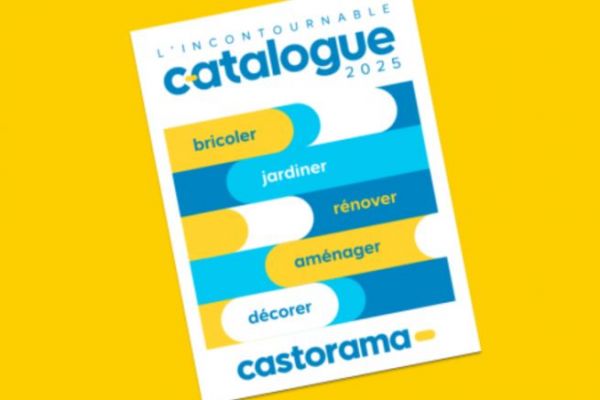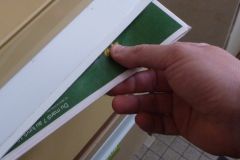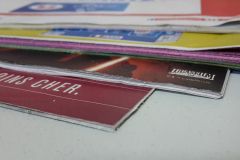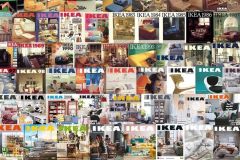Printed catalogs back in force! Eleven years after its last edition, Castorama is bringing its product catalog back into stores and homes. The former French retailer has entrusted the production of this 500-page document to Lenglet Imprimeurs of the Riccobono Group.
Express production at the Raillencourt-Sainte-Olle site
The catalog was rotogravure printed at the Raillencourt-Sainte-Olle site in the Nord region of France, close to Castorama's head office. The Raillencourt printing works in Lenglet carried out the entire production process, producing 650,000 copies of the catalog in just 15 days, including finishing.
The glued square-back book features 9,000 references. In addition to its commercial content, it also includes practical advice, tutorials and QR codes directing readers to digital content.
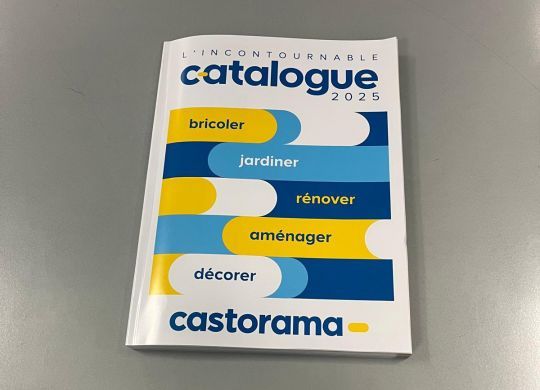
"Our ambition is to make it a companion for the home, so that our customers can take it home, keep it at home, and use it all year round, explains Géraldine Devillière, Catalog Product Manager, in front of the M6 cameras during the April 27 Capital program dedicated to France's two DIY leaders. We believe we can win real heart share with this catalog."
Consumption still favorable to paper
The production of this catalog comes at a time when several recent studies, in Germany and the Netherlands, underline the persistent place of paper in consumer practices, despite the rise of digital technology.
According to the barometer Prospekt Monitor 2025 iFH Media Analytics 93% of German consumers still occasionally read printed leaflets, and 78% do so every week. Hybrid reading âeuros paper and digital âeuros remains the dominant behavior (84%), confirming that digital has not supplanted print, but rather added to it.
In the Netherlands, a university study following the discontinuation of Lidl leaflets in the province of Utrecht revealed a direct drop in sales and footfall, particularly among occasional customers, without equivalent compensation from digital. The physical leaflet acted as a visual reminder and trigger for purchase, particularly among the less digitally engaged public.
This data confirms that print, although declining in volume, remains particularly effective in terms of readability, memorization and planning. It is increasingly perceived as a structuring tool in purchasing decisions, difficult to replace by digital channels alone.
Back on newsstands too
And this repositioning can be seen in other sectors too. In March 2025, the women's magazine Grazia published by Reworld Media, has announced the relaunch of a print version after five years of exclusively digital distribution. Presented by its publisher as a "a declaration of love for print this reappearance is based on a more qualitative format, spaced out over time (two issues per year), with the ambition of embodying the brand's editorial identity in a multi-channel environment. Like vinyl in the music industry, paper has regained its object value and experiential function, particularly with a loyal readership.
